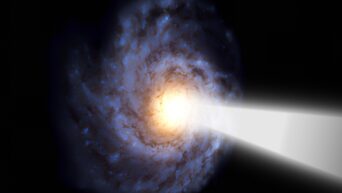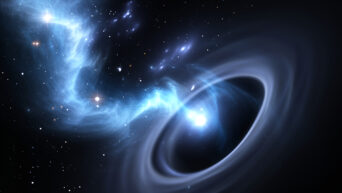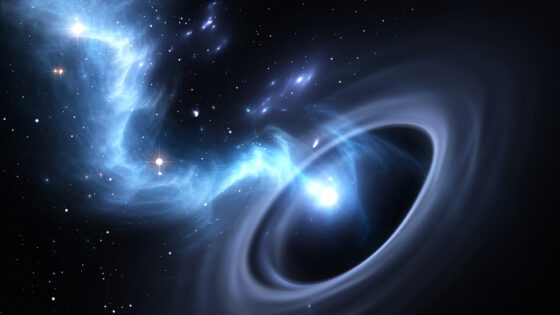NASA’s Hubble Space Telescope captured a rarely seen but spectacular phenomenon: a galaxy losing its gas, and thus, its life.
The images showed a spiral galaxy out of line as it lost its one and only lifeline, causing it to plunge toward the center of the gigantic Coma galaxy cluster. The cluster, which is located 330 million light years from Earth, consists of several other galaxies, adding up to roughly a thousand in total.
William Cramer, lead researcher and graduate student in Yale’s Department of Astronomy, explained the phenomenon. “This galaxy stands out as a particularly extreme example of processes common in massive clusters, where a galaxy goes from being a healthy spiral full of star formation to a ‘red and dead’ galaxy. The spiral arms disappear and the galaxy is left with no gas and only old stars.” “This phenomenon has been known about for several decades, but Hubble provides the best imagery of galaxies undergoing this process,” Cramer adds.
While it seems like a tragic intergalactic story, it’s actually not that uncommon. Gas-loss processes happen in many galaxies–that is a fact. Once a galaxy loses all its gas, it becomes unable to create new stars, thus marking its death. But according to the scientists, the wayward spiral galaxy called D100 stood out from the rest. For one, at 200,000 light years, its tail ran the length of about two Milky Way Galaxies. Two, at only 7,000 light-years wide, it’s unusually narrow for a tail.
Jeffrey Kenney, a Yale astronomer who co-wrote the study, says, “This is a surprise because a tail like this is not seen in most computer simulations. Most galaxies undergoing this process are more of a mess. The clean edges and filamentary structures of the dust tail suggest that magnetic fields play a prominent role in shaping the tail. Computer simulations show that magnetic fields form filaments in the tail’s gas. With no magnetic fields, the gas tail is more clumpy than filamentary.”
Another image from the Hubble showed another galaxy, D99, meeting the same fate as D100. Kenney says, “D100 will look like D99 in a few hundred million years.”
































